We’re the New Renewables
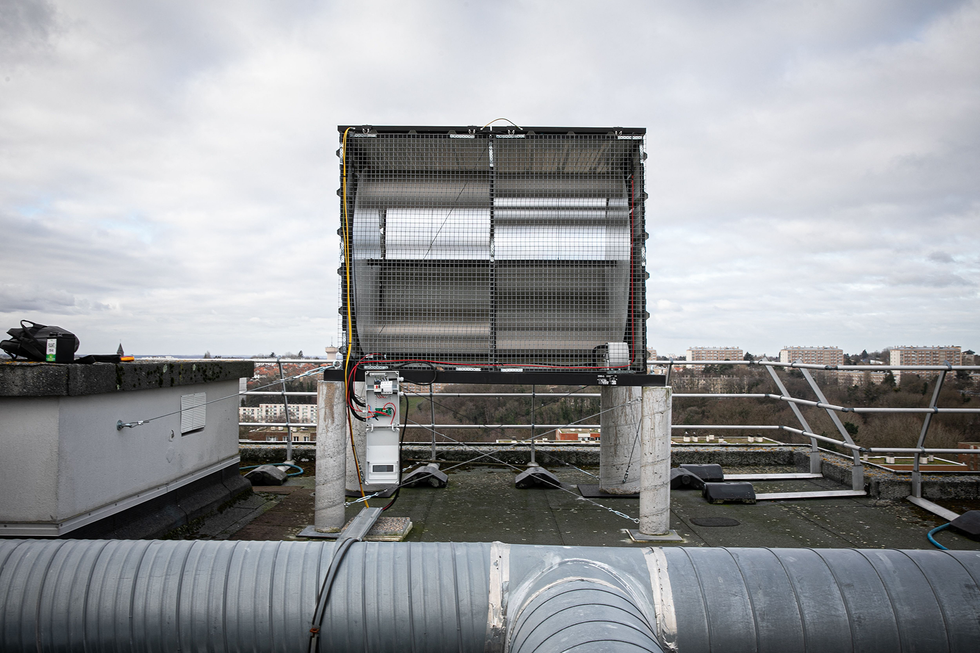
The Big Picture features technology through the lens of photographers.
Every month, IEEE Spectrum selects the most stunning technology images recently captured by photographers around the world. We choose images that reflect an important advance, or a trend, or that are just mesmerizing to look at. We feature all images on our site, and one also appears on our monthly print edition.
Enjoy the latest images, and if you have suggestions, leave a comment below.
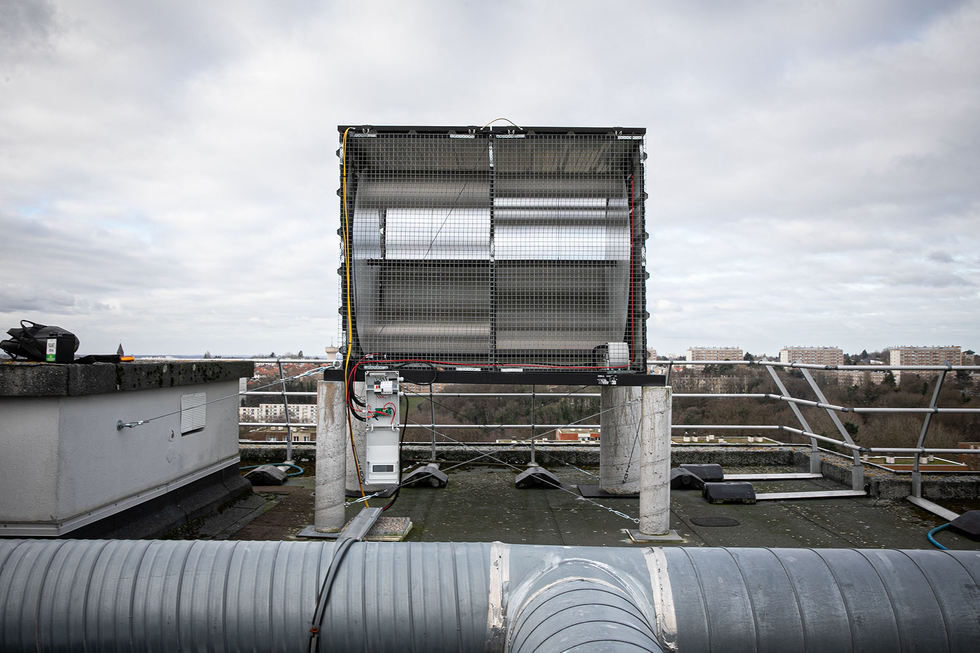 Juice Box
Juice BoxFor many years, environmentalists have looked forward to the coming of net-zero-energy buildings. Much effort was devoted to making lighting, heating, and cooling more efficient so buildings consumed less energy. But the net-zero target would never have been reachable without innovations in renewable-energy generation that let structures generate power on-site. Now residential and commercial buildings can be outfitted with roofing tiles that double as solar panels, or with rooftop boxes like this low-profile unit that transforms gusts of wind into electric current. This WindBox turbine, installed on the roof of a building in Rouen, France, is 1.6 meters tall, and has a 4-square-meter footprint (leaving plenty of space for solar panels or tiles). The unit, which weighs130 kilograms, can generate up to 2,500 kilowatt-hours of electricity per year (enough to meet roughly one-quarter of the energy needs of a typical U.S. household).
Lou Benoist/AFP/Getty Images
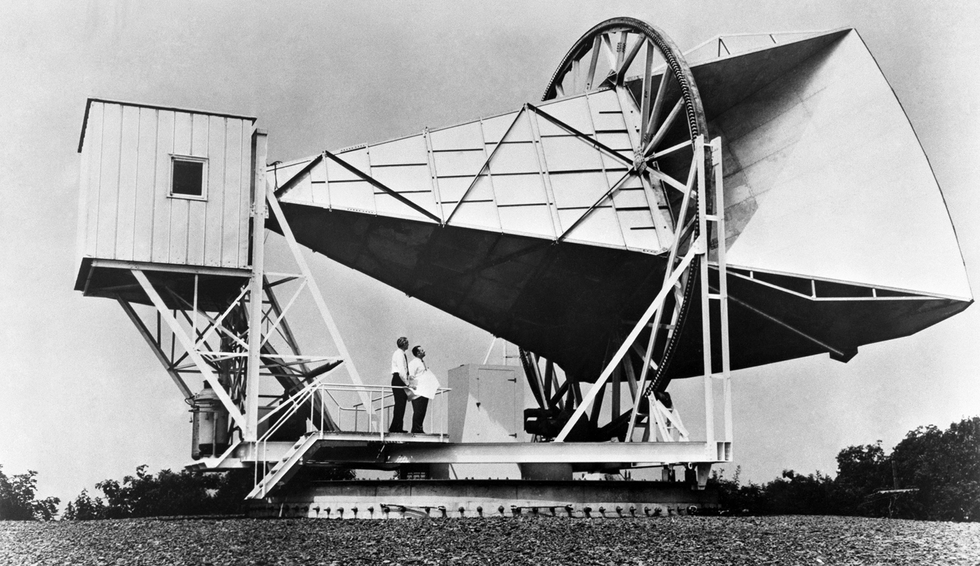 Nobel Horn Antenna Endangered
Nobel Horn Antenna EndangeredThis is the giant horn antenna that was used in physics research that led to the discovery of background cosmic radiation, which provided support for the big bang theory. Two Bell Labs researchers who were painstakingly attempting to eliminate noise from certain radio signals eventually realized that the noise didn't arise from an antenna malfunction. It was, in fact, an artifact of the big bang, which created the cosmos. Now, this antenna, which was critical to their work, is under threat of being dismantled. The Holmdel, N.J., research site is now in private hands, and could be slated for rezoning and redevelopment, which might doom the instrument that made the Nobel Prize-winning discovery possible.
Bettmann/Getty Images
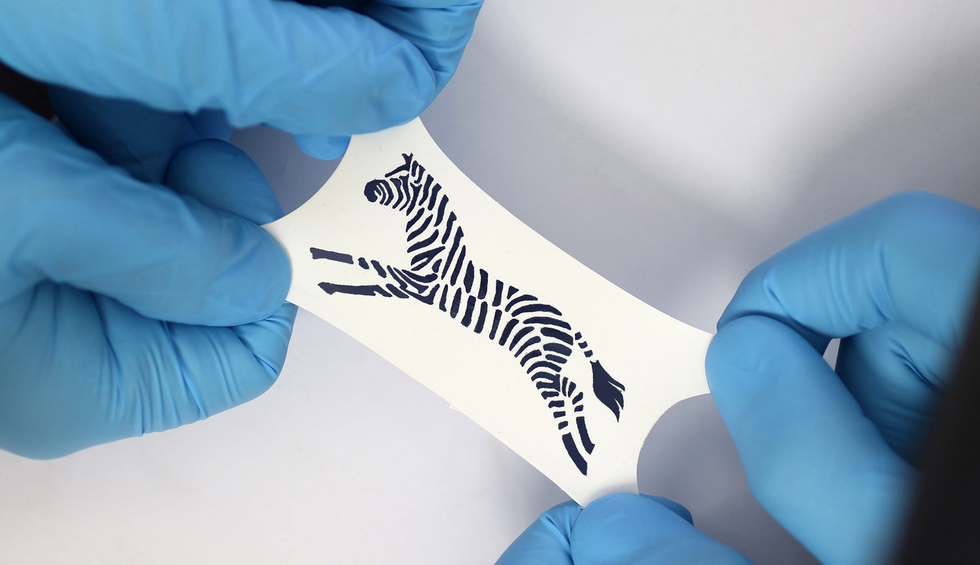 You, the Power Source
You, the Power Source The incandescent lightbulb, in addition to being a world-changing invention, is the prototypical example of something that wastes a lot of energy, giving it off as heat instead of light. Our bodies slough off a ton of heat too. Because generating heat is an inescapable part of our metabolic processes, researchers have been working to turn a lightbulb moment-the idea of harnessing body heat so all that thermal energy isn't wasted-into a practical device that yields electric power. Thermoelectric generators, or TEGs, have, in fact, been around for a while. But a new generation of TEGs uses cheaper, less toxic materials that convert both heat and kinetic energy to electricity with greater efficiency than earlier versions. On the TEG pictured here, hot and cold regions represented by the zebra's stripes produce a temperature gradient that creates a voltage difference. The result: electrical current. Its creators, researchers at Gwangju Institute of Science and Technology, in South Korea, envision weaving such devices into fabrics so that someday our garments will double as power outlets for our ubiquitous portable electronic gadgets.
Korea University
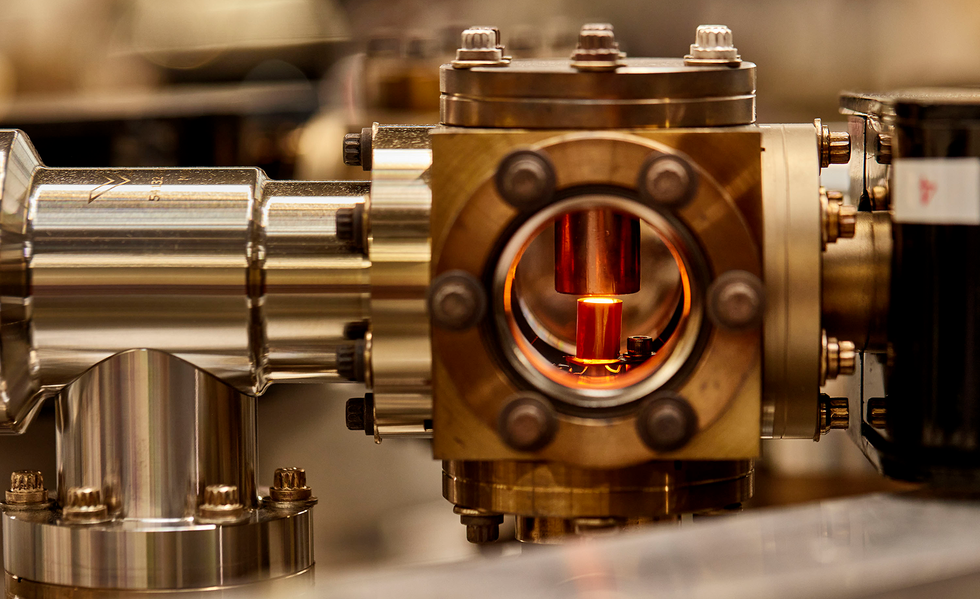 3D Printed Amps for mm-Wave Wireless on the Cheap
3D Printed Amps for mm-Wave Wireless on the Cheap Millimeter-wave power amplifiers are necessary for applications that require the highest data rates possible-mostly communications across vast distances. But with a price tag topping US $1 million each, it is easy to see why there is an urgent push for production innovation to bring the cost way down. Diana Gamzina, founder and CEO of Davis, Calif., startup Elve Speed, embodies the mission to bring ultrahigh-speed wireless connectivity to remote and urban areas. To accomplish this, her company has taken to 3D printing millimeter-wave amps to sidestep the manual, high-precision manufacturing processes that make the price of the amps so stratospheric.
Gabriela Hasbun